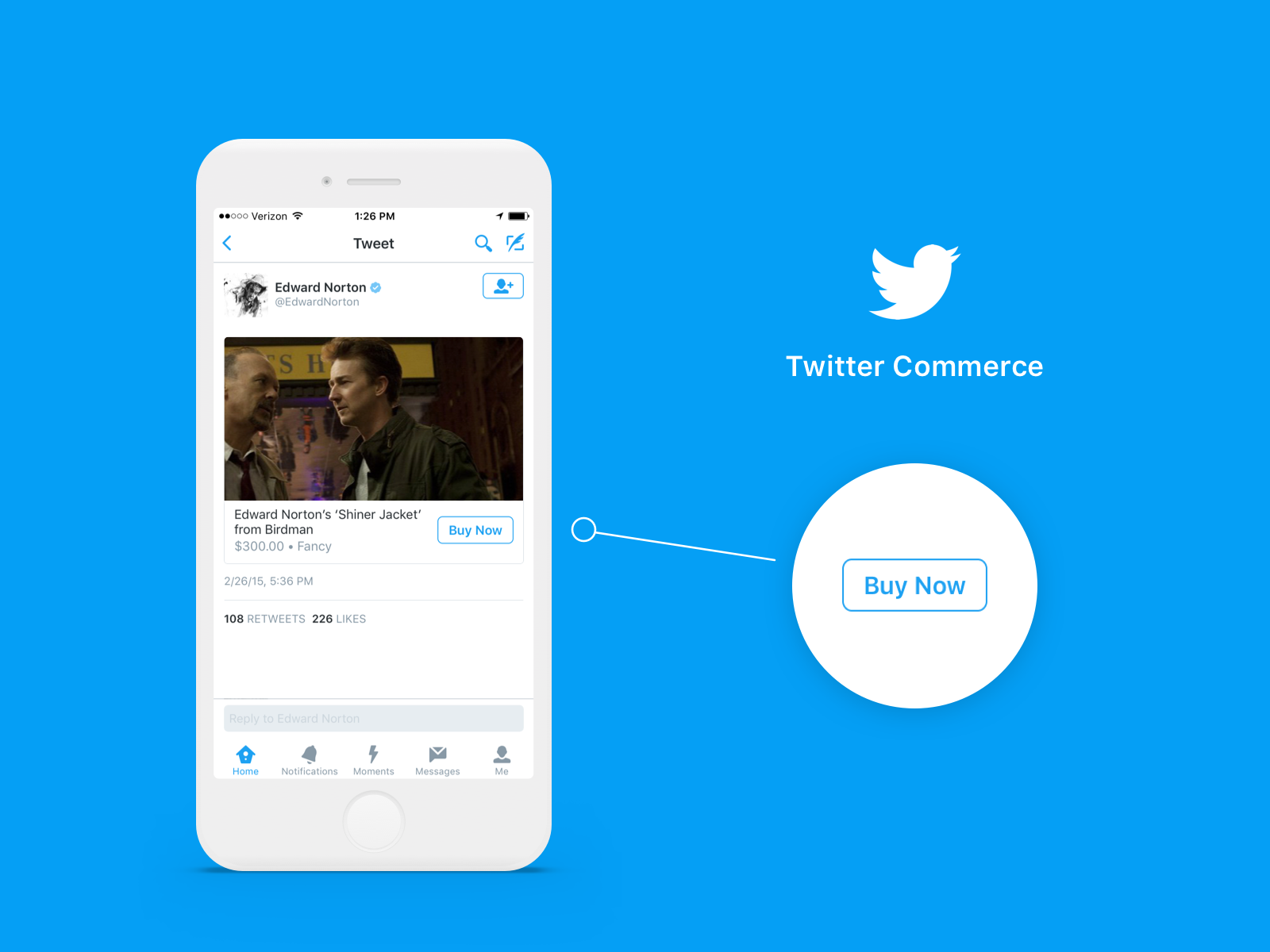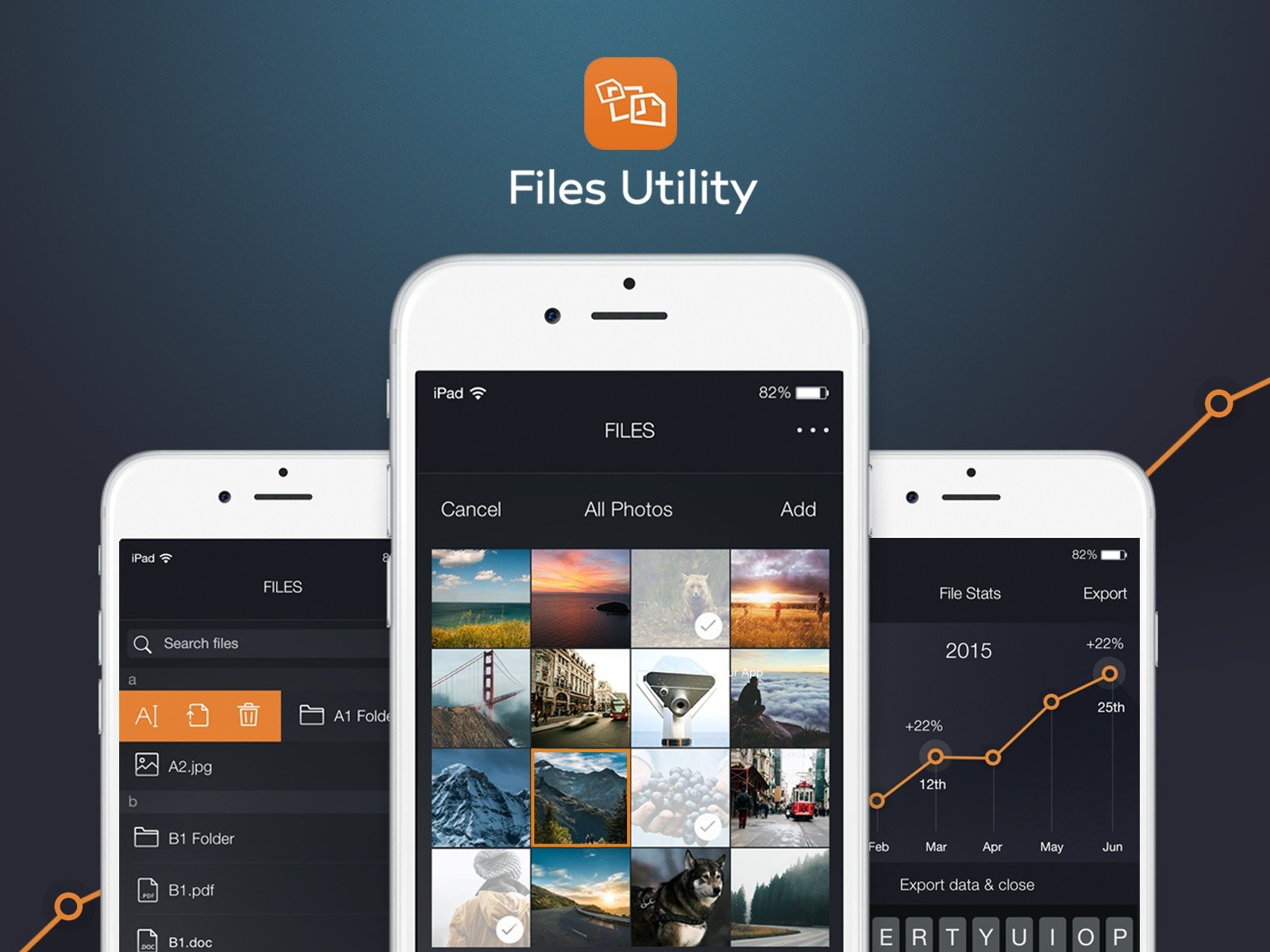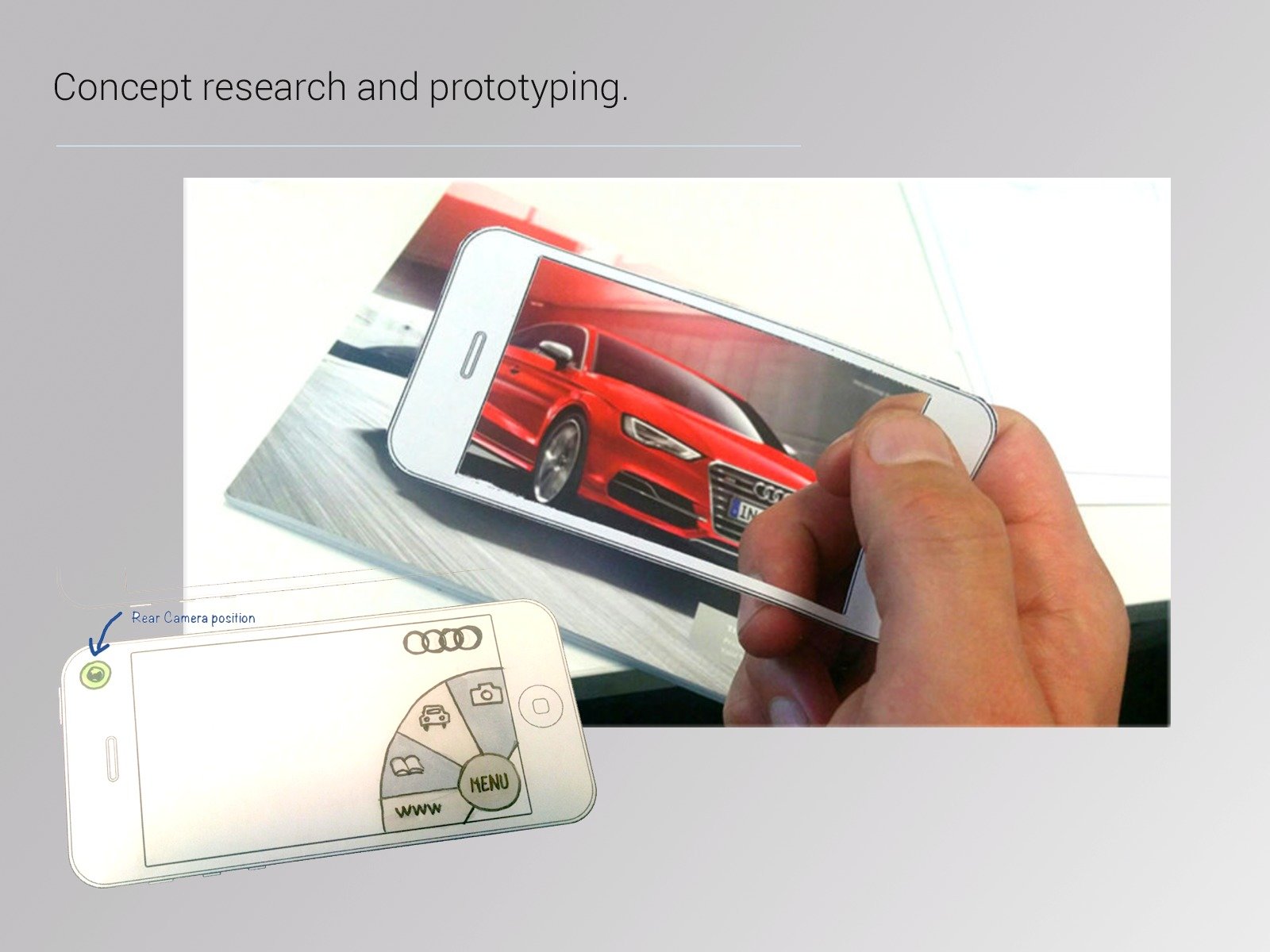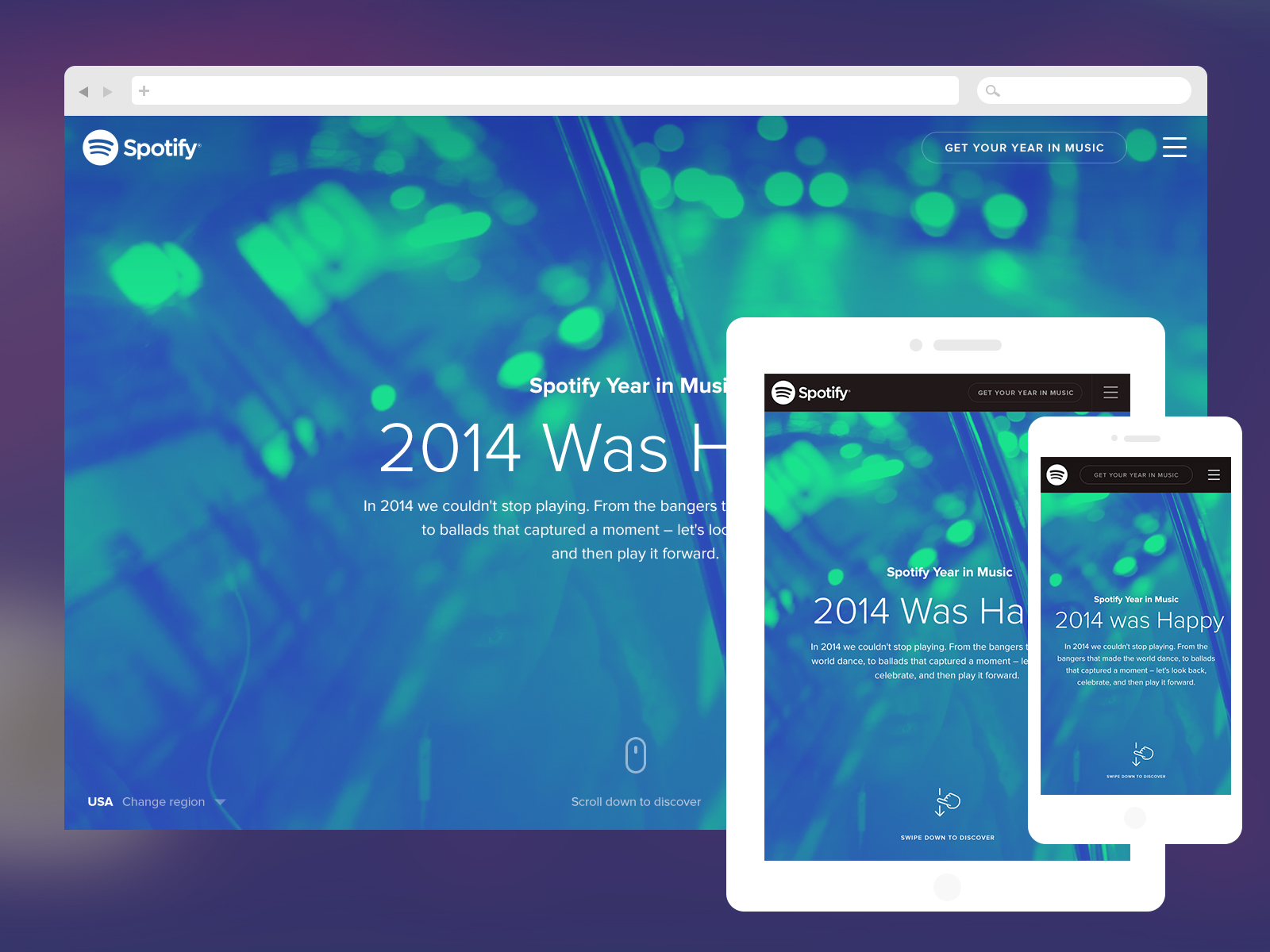Often the difference between getting the job or not has everything to do with how you present your work to potential clients. The portfolio has as much to do with how you present it, as it does the actual content of your work. Even great designers with strong backgrounds can miss out on opportunities because they haven’t taken enough care with a few fundamental steps.
So, if you’re not landing the jobs that you’re hoping for, but you feel that your work is up to par, the issue may be in how you’re presenting your design work. Unfortunately though, when a job doesn’t pan out, designers might not hear about what they could have done better. Thus, Toptal Design Blog Editor Kent Mundle sat down with Danielle Reid, Director of Design at Toptal, to discuss what steps designers can take to better present their work.
Kent Mundle: Would you mind explaining for me your role with Toptal?
Danielle Reid: At the moment, I’m the director of the design vertical. So this means taking care of the matching side for the clients, as well as the screening side for the designers. I ensure that these things really align, which means finding designers with the right skillsets for our clients, then channeling those clients towards their suited designers. On a higher level, I suppose it’s more about strategizing how to move the vertical forward, seeking out potentially new technologies, new design trends and other cutting edge areas. Day to day, I do everything from speaking to clients about their engagements to screening designers to ensure that they have the right skillset. I’ve also been working on content – at Toptal we’re putting a lot of work into the design blog, so we have to come up with new ideas on how to bring that content forward and that’s all very new and exciting.
I don’t necessarily get my hands dirty with the actual product design at the moment, and that has been an interesting thing for me. I would say that in my position I’m designing people and processes more than products. But, I really enjoy the ability to see a lot of designers’ work myself. So, the whole screening process, to see the best designers in the world and how they present their work, is very fulfilling. It’s nice to have this position as a way to stay in touch with what’s happening, and this content source is a great idea trigger.
A portfolio that works

Help the viewer better understand what to focus on by actually designing your portfolio and highlighting the areas that you are referring to. In this case, the image is built on with text describing Jake’s contribution to Twitter Commerce. The “Buy Now” button was groundbreaking by allowing users to make purchases directly in their Twitter feed.
Kent: Therefore, from the position of screening designers for Toptal, you must have a developed knowledge of how designers can best present their work.
Danielle: I definitely agree. I think that one of the major benefits has been to see how designers communicate and explain their work. The designer’s design ability is just one small piece. When you’re working remotely, or even on site, the ability to communicate your design principles, reasoning and concepts is super important. So, when we screen we don’t just look to see if the designer’s work is great, but if they’re also able to express that their decision making is really world class.
Kent: Do designers need to communicate their work to clients only? Or are there other viewers that they should consider as well?
Danielle: This communication ability is important for displaying the ability to work in teams, as well as communicate to clients. Designers need to express their ideas to a team, and make the design scalable so that junior or senior designers can pick up the work and move forward with it. We also prepare designers for the context of needing to work with developers. So, it is really important to communicate the intention behind the aesthetics. The ability to do this has a huge part to play in efficiency. To get a developer on speed with a design quickly is really fundamental. Less critically, but also important, is to communicate with marketing teams and sales so that everyone understands the important features of a design.
The designer should be able to communicate how to get the most out of a product, what is its USP, and of course how to use it. As the designer, you’re really in the center of a product, and you’re communicating with a lot of different stakeholders, so that’s why I feel communication is so important.
Kent: Then when a designer is presenting work in their portfolio, and they’re no longer around to present themselves, does their copywriting become as important as the content itself?
Danielle: Yes, as you say I would say the design work is of equal importance to its explanation. Design work can be very ambiguous. Often you see these projects that were produced at some design agency, and there’s no indication whether or not the person was just a design intern who helped out with post production. It’s really important to explain your role on a team, and if you’re the lead, then explaining your design principles is really fundamental. Clients want to see that you can scale your design process in order to meet their needs or solve their problems. So, being able to do this is one of the best skillsets that I think any designer could have.
A portfolio that works

Keep it simple and show variation. In Mike’s Android Wear Watch Faces series, he keeps perspectives the same and plays with color to show the multiple versions of the watch. This helps keep the focus on the design of the watch face, as well as create a beautiful and visually appealing portfolio.
Kent: When the designer isn’t present to personally communicate their work, but only has their portfolio to speak for itself, how can they best leverage their copywriting to convey their abilities outside of design craft?
Danielle: I think many designers struggle with this, and I myself find it difficult to convey the same personality I might have in presentation in my writing. So, maybe there are other ways to include your personality into a portfolio. The copywriting helps, but some people show their personality by perhaps displaying their personality as a game, or perhaps something clean and classical.
Kent: Is there any value in discussing your personality or interests outside of work in order to leverage yourself in some way?
Danielle: I suppose this would depend specifically if it were appropriate. If someone has a developer background then that can be great because they would clearly have a complete understanding of the creative process. Any designer that can code is like a golden unicorn. A few designers here at Toptal that after studying computer science learned that they wanted to be on the front side. That is a skillset that every designer I think should obtain. It’s extremely beneficial. I’m not sure necessarily if there would be anything you could add that would be detrimental, but if it doesn’t add anything I’d say to keep it out. Anyone who was achieved great things, like say has won hackathons, that’s great to include. In some cases perhaps photography or something depending on your interested demographic.
A portfolio that works

A portfolio that works: Having a cover image with colors from the product’s brand helps create a great introduction to the work that would be presented. If you are working with multiple platforms or devices, it is a great idea to show them as an introduction to a case study.
Kent: Is there any danger in presenting work that you may have been a small part of? Should this be avoided?
Danielle: It depends where you are in your career, because everyone has to start somewhere. If you are currently a junior designer, then definitely highlight those projects, but make it clear what your contribution was. Being accepted as an intern on a big project is an accolade, because it is tough to get your foot in the door at those times.
If you’re a senior designer, and you’ve led your own teams and designed your own work, then I think it would be superfluous to have a project in which you were just the intern for. As a senior designer you should have a lot more to talk about with other projects.
Kent: Similarly, as a senior designer should you also avoid presenting older work?
Danielle: It always depends. The question is: what is your best work? If it happens to be that your best work was from five years ago, you would want a very clear reason as to why that is still the best, and why it is still in your portfolio. For example, there are some designers at Toptal who were early designers at Twitter. So that work wasn’t necessarily the best thing that they had done, but it was clearly an important thing to have in their portfolio. That project proves that they can build a hugely popular product from the ground up because they were the initial designers with it. So, having old work can be important to display those sorts of incredible achievements, or maybe if it is fundamental to your career. But, if the work is old, and you have better new stuff, it is good to let old stuff go, as design is trend driven. Best work first is the best mindset.
Definitely, I think that the editing of the portfolio is as important as the work itself. It is sort of sad, but designers are often judged upon their worst work. So, if they’ve got something that’s really not good, then people dismiss them without taking into account their best work. Designers should always keep in mind the kind of clients that they want to work with in the future, so tailoring towards a specific audience or demographic will ensure that you get the type of work that you are best at.
A portfolio that works

A portfolio that works: Portfolios for interaction and user experience designers can be particularly difficult, as the work involves a lot of research and conceptual work. Showing basic wireframes in context and shots of your process strengthen your profile by showing your solid process.
Kent: Is there any value in promoting oneself though open portfolios within the design community, such as Behance or Dribble?
Danielle: I think for sure. These types of sites are often starting points for most clients. As well, it can’t hurt to get recognition from the design community. Other designers and peers will share your work, and that can expand your network. So, yes this type of sharing can be absolutely fundamental to the freelance designer.
Kent: You’ve mentioned that it’s important to show current work in order to appear relevant with trends. These sorts of design blogs, Behance and Dribble, especially contributor to trend culture. Despite this, do you see any danger in designing in order to just appear trendy? Do you fear homogeneity in our products, as a designer yourself?
Danielle: Really the only danger is to ignore UX. So if you’re making unusable products, then you’ll be known as a superficial designer. That’s where I can see trends being detrimental. But, if you’re making good products, and considering your users, then it can be okay.
I don’t think that all of your work should be based on trends, whether it’s a technological or aesthetic one. There is no reason to add a trend just for the sake of it. Great designers should be able to solve various differents sets of problems, so they shouldn’t need to turn to trends. You can’t really escape trends though, as they will always have their influence. Make sure that you’re up to date on aesthetics and technology, but use this understanding to generate unique solutions to problems.
Kent:Is there any difference between presenting client work versus personally generated projects?
Danielle: I think it’s definitely important to have at least some client work so that people know that you can work at a professional capacity. Potential clients need to know that you’re open to feedback and iteration. Sometimes the business goals are more important and the designer needs to be able to work with these external pressures.
That being said, in terms of conceptual work, there’s some really amazing work out there. It shows that the designer is proactive, that they can think conceptually, and that you’re open to take risks. So, as long as you have the experience to back yourself up, it can definitely be great to show conceptual work as well.
A portfolio that works

A portfolio that works: Diego is smart in his portfolio presentation by showing responsive, cross-platform design in a clear and visually appealing way.
Kent: Much of what you’re saying is that the current trends require designers to be leaders, and multi-talented individuals, rather than perhaps the independent graphic artist.
Danielle: Nowadays the designer kind of needs to be that middle man, who can take everything from the business goals, to learning about the customer, and understanding design patterns. Someone who can wear many hats and actually take a large broader picture view on a project and create something tangible. Although there is room for non commercial work, and it definitely has a place, but in terms of UX design you really have to put the user first. Therefore, the discipline becomes less about art and more about problem solving. As designers become more empathetic with users, we are shifting away from art and more into communication, ideas and problem solving. This being said, there is still a need for artistic flair to drive trends forward.
Kent: When presenting your work, is there any room in the portfolio document for artistic flair?
Danielle: There is definitely a need for some level of aesthetics in order to make it unique and interesting. Again, it depends on the demographic of interest for the designer. If you’re someone who works with a lot of creatives or musicians, then it can be appropriate to include some creative flair. If you’re working for software as a service or B2B products, then it would be quite inappropriate to have this as the content. It’s important to express yourself as a designer, but I don’t think that the design of the portfolio should detract from the content.
Kent: Often the answer to many of these questions is that every portfolio is case by case. Thus, it must be a great value for any designer being screened by Toptal to have the personal portfolio criticism.
Danielle: Yeah definitely. The final task that designers have as the screening process is a take home design task, where the designer works within a specific brief under a timeline. The briefs are intentionally ambiguous to give each designer an opportunity to express their own skillset and approach within the brief. This process is a great way to see the specific abilities of each designer, and how to place them in an engagement. So, sometimes we get designers who love solving problems, whereas others who are more conceptual may be placed with other conceptually driven clients.
Conclusion
Designers spend a lot of time honing their craft, but other qualities are important to exercise as well. The adjustments that a designer can make to their design presentation are subtle, yet go a long way. Clients and agencies often want to see a designer who can fit a range of roles and tackle a series of potential challenges. Thus, when designers present their work they must communicate:
- What their roles have been on teams in the past. How did you help to solve a problem or push out the perfect product?
- Leverage yourself towards the clients that your work fits best with, and who you’re interested in working with. Consider how your presentation must change depending on the audience.
- Show your design thinking and process work. People are interested as much in how you will be to work with, as they are in your finished products.
- Prove that you’re self-initiating. This can be conveyed through a display of personal work, but also in how your speak or write about your work.
It can be difficult to understand how your work appears to fresh eyes, so don’t be afraid to share your work with friends and colleagues to get feedback. Crafting your portfolio is often the first step to getting that next great project.